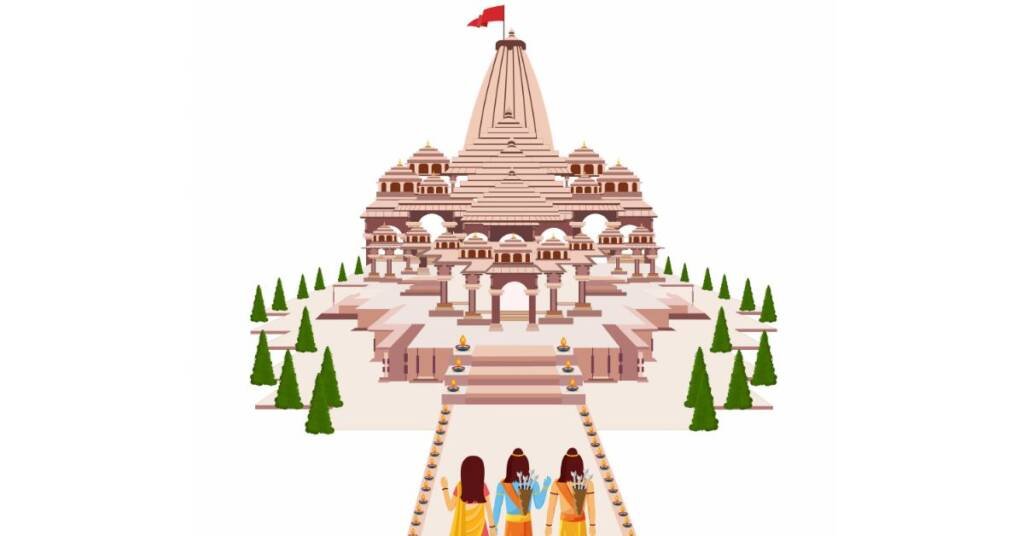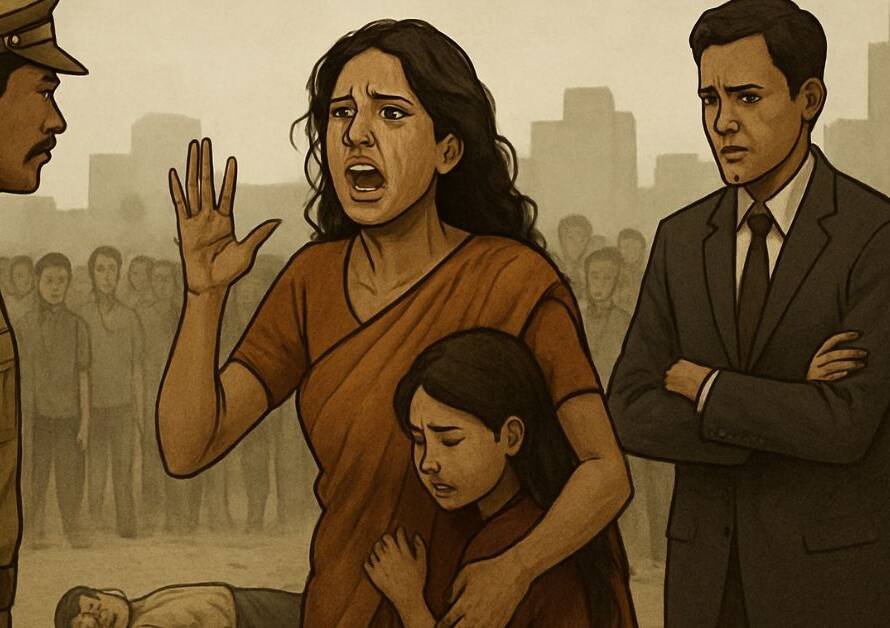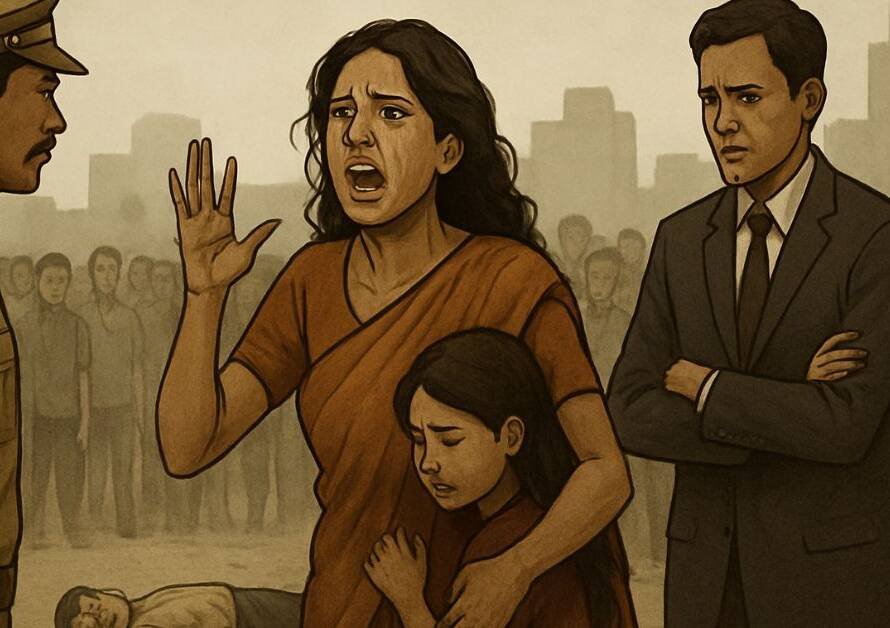Impact of the Ram Janmabhoomi Temple Inauguration
The inauguration of the Ram Janmabhoomi temple in Ayodhya was a historic moment symbolizing cultural pride, faith, and the resilience of Hindu society. It marked a significant step in the journey of reclaiming Hindu heritage and has catalyzed unity and collective action across spiritual, social, and political spheres.
Key Impacts
Strengthened Hindu Identity
The Ram Mandir stands as a powerful symbol of Hindu perseverance, reminding us of the importance of safeguarding traditions, cultural values, and spiritual resilience. It calls upon all Hindus to rise above caste, regional, and social divides to forge a unified identity.
Need for Greater Political Participation
The political landscape of India requires active Hindu participation to safeguard cultural and national interests. To ensure this:
Increase Voting Percentage: Hindus must achieve a voter turnout exceeding 90% in elections. Higher participation amplifies the voice of the community in the democratic process.
Vote Unitedly: Just as other communities often vote cohesively to support their interests, Hindus need to cast their votes collectively for political parties and groups that uphold Hindutva values and prioritize cultural preservation.
Counter Anti-Hindu Elements: Cohesive voting ensures that anti-Hindu and anti-national elements do not gain political influence, thus protecting the nation’s integrity and cultural ethos.
Cultural Renaissance and Religious Participation
The temple’s inauguration has revitalized Hindu religious practices, turning Ayodhya into a global spiritual hub. It has inspired renewed devotion, pilgrimages, and enthusiasm for preserving dharmic traditions.
A Unifying Symbol of National Pride
Beyond religious significance, the Ram Mandir reflects India’s cultural ethos, uniting people with a shared narrative of heritage preservation and national pride.
Role of Dharma Sansads
In the aftermath of the Ram Mandir inauguration, Dharma Sansads have emerged as platforms for collaboration, planning, and action:
Formation of the Sanatan Board: A unified body to protect temple sanctity, manage legal disputes (e.g., Krishna Janmasthan in Mathura), and revive dharmic education.
Youth Engagement: Programs to inspire and involve young Hindus in cultural and spiritual initiatives.
Economic Decisions: Campaigns like the boycott of halal products encourage alignment of consumer choices with dharmic principles.
Combatting Modern Challenges: Strategies to address religious conversions, intolerance, and media biases against Hinduism.
Next Steps for Collective Action
Unite and Vote: Hindu society must approach elections with a unified strategy, voting for parties that support Hindutva and prioritize national unity. This will ensure that policies favoring cultural preservation and Hindu interests are implemented.
Engage the Youth: Mobilize the younger generation to take active roles in safeguarding Sanatan Dharma.
Preserve Temples and Heritage: Advocate for temple autonomy and the protection of historical sites.
Foster Inter-Community Harmony: Engage in dialogues to strengthen communal ties and counter divisive forces.
Institutionalize Efforts: Support bodies like the Sanatan Board to streamline efforts for cultural preservation and dharmic education.
This combined awakening and collective effort post-Ram Mandir inauguration symbolize a promising future where Hindus take pride in their heritage and proactively work to protect it. By participating actively in the political process, embracing unity, and ensuring that cultural and spiritual values are upheld, Hindus can contribute to a stronger and more harmonious India.







